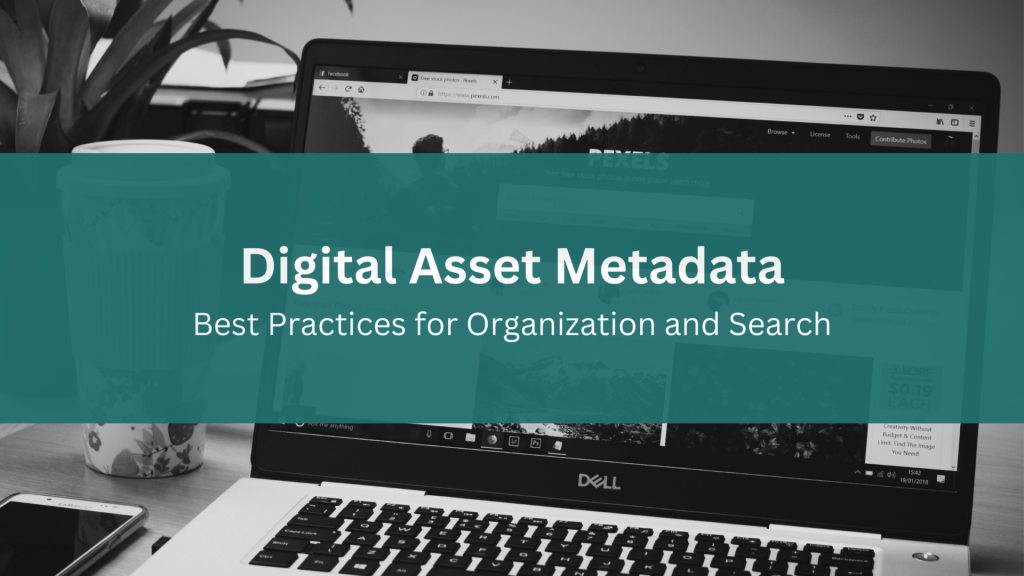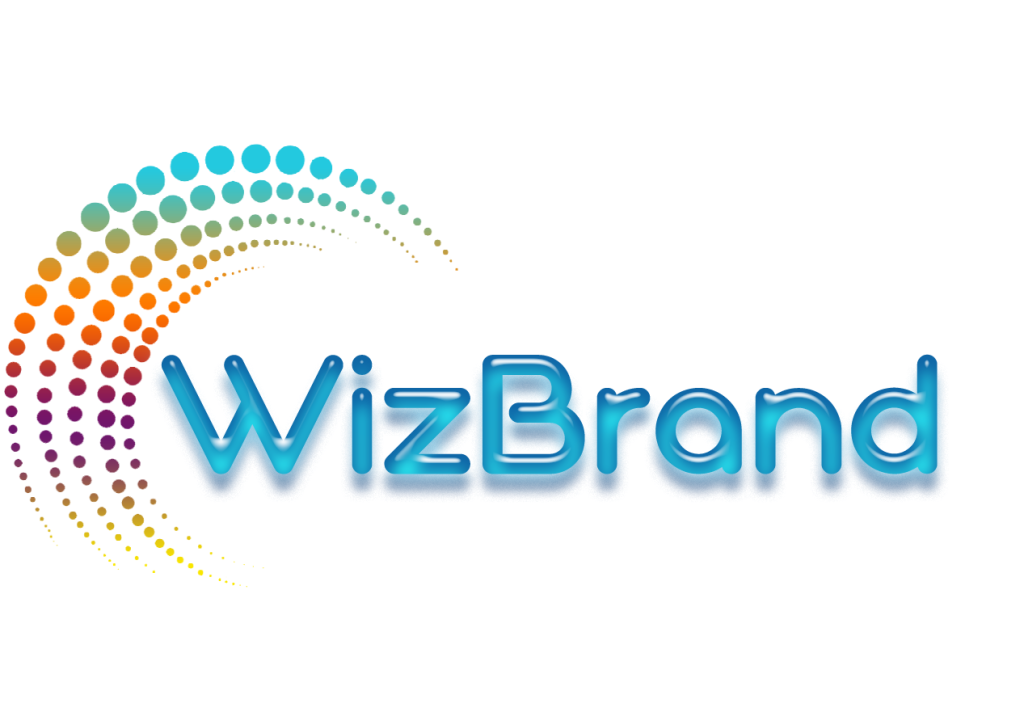
Digital assets are the lifeblood of modern businesses, from images and videos to documents and presentations. Managing these assets efficiently is crucial to ensure smooth workflows and easy access. However, in the absence of a streamlined system, searching for the right asset can often feel like finding a needle in a haystack. This is where Digital Asset Management (DAM) systems come into play, and metadata plays a vital role in enhancing their effectiveness.
Metadata serves as the foundation for organizing, searching, and tracking digital assets. When used correctly in a DAM solution, it unlocks the ability to perform smarter searches, ensures better asset tracking, and streamlines the management process. For digital marketers, content teams, and SEO professionals, understanding how to leverage metadata within a DAM system can significantly improve operational efficiency.
In this blog, we’ll explore how metadata enhances search functionality and asset tracking in DAM systems, with a specific focus on Wizbrand, a leading platform designed to optimize digital workflows. We’ll also highlight the benefits metadata brings to digital marketers, SEO experts, and content teams, making it an essential tool in your content management strategy.
What is Metadata and How Does It Impact DAM?
In simple terms, metadata is data that describes and provides additional information about other data. In the case of Digital Asset Management, metadata includes a variety of details about your digital files such as:
- Tags: Descriptive keywords that make it easier to find assets.
- Creation date: The date when an asset was created or last modified.
- File type: Information on the format (e.g., .jpg, .mp4).
- Creator/author: The person responsible for the creation of the asset.
- Usage rights: Legal information related to how the asset can be used.
Without metadata, organizing and managing digital assets would be a cumbersome process. Imagine trying to find an image in a folder filled with thousands of files — a generic name like “image001.jpg” doesn’t provide any useful context. However, when metadata is attached to that file, such as “summer vacation beach photo, family, sunset,” it becomes much easier to locate.
With DAM systems like Wizbrand, metadata is used to organize, categorize, and make digital assets searchable. This enables faster and more efficient access to content, which is especially critical for teams that rely on large digital libraries.
Enhancing Search Efficiency with Metadata
One of the key benefits of metadata is its ability to enhance search functionality. In a traditional storage system, searching for assets can be tedious and time-consuming. Without descriptive information, you may need to sift through countless files to find what you need.
By incorporating metadata, DAM systems enable more efficient and targeted searches. Here’s how:
- Improved searchability: Metadata provides detailed information about the content of an asset. With relevant keywords, descriptions, and tags, users can search for and filter assets based on specific attributes, such as file type, project, or subject.
- Advanced search features: Wizbrand offers advanced search options, allowing users to search for files using metadata fields like author, date created, or even specific keywords within the content.
- Time-saving: Instead of searching manually through a disorganized folder structure, metadata allows users to instantly locate assets using defined tags and filters.
Moreover, with integrated SEO Management Software, businesses can add SEO-specific metadata to assets, improving the discoverability of content both internally and in search engine results.

Tracking Assets with Metadata: A Game-Changer for Digital Marketers
Metadata not only enhances search capabilities but also plays a pivotal role in asset tracking. Digital marketers, content teams, and legal departments often need to monitor the lifecycle of digital assets — from creation and updates to usage and distribution. This is where metadata excels.
By adding relevant metadata to assets, you can:
- Track asset versions: Keep a detailed record of each asset’s version history, showing who created or modified it, and when. This is particularly useful when multiple team members collaborate on a single asset.
- Manage usage rights: Track licensing, usage restrictions, and expiration dates directly within the metadata, ensuring that assets are used legally and correctly.
- Maintain audit trails: For compliance and reporting purposes, metadata provides a transparent audit trail, showing when assets were accessed, by whom, and for what purpose.
Wizbrand’s DAM solution makes it easy to implement metadata for tracking purposes, ensuring that all digital assets are used appropriately and comply with legal requirements.
Streamlining Digital Workflows with Metadata
Effective workflow management is crucial for teams that work with digital content. Whether you are managing marketing assets, product images, or media files, metadata helps organize digital content in a way that makes it easier to retrieve, share, and collaborate.
By utilizing metadata in a DAM system, you can:
- Promote better collaboration: Metadata allows for easy sharing of assets between teams, departments, and even external partners. With clearly defined metadata, everyone knows exactly what the asset is, who it belongs to, and how it should be used.
- Prevent duplication: Duplicate assets often occur when teams aren’t aware that similar or identical files already exist. Metadata helps identify and eliminate duplicates, keeping your digital library organized and efficient.
- Increase overall efficiency: Properly tagged and categorized assets can be retrieved in seconds, saving your team hours of time spent searching for files. This increase in efficiency contributes to faster project turnaround times and more effective content production.
With Wizbrand, businesses can seamlessly integrate metadata management into their digital asset workflows, enabling better collaboration and reducing inefficiencies.
Metadata’s Role in SEO: Boosting Visibility and Discoverability
For digital marketers and SEO professionals, metadata is an invaluable tool in optimizing content for search engines. By enriching digital assets with SEO-friendly metadata, such as keywords, descriptions, and alt text, you ensure that your content is indexed properly by search engines and can be easily found by your target audience.
Metadata helps with SEO in the following ways:
- Better indexing: Search engines use metadata to understand the content of digital assets like images, videos, and documents. By adding relevant keywords to your metadata, you can help search engines index your assets more effectively.
- Increased discoverability: Optimized metadata ensures that your digital assets appear in relevant search results, increasing the likelihood that they will be discovered by potential customers or clients.
- SEO-focused asset management: Wizbrand integrates SEO management features into its DAM platform, enabling you to optimize metadata for better search engine visibility.

By utilizing metadata to optimize your digital assets, you can boost your content’s SEO performance and increase your assets’ reach and impact.
Conclusion
Metadata is the backbone of efficient Digital Asset Management (DAM). It enhances searchability, improves asset tracking, streamlines workflows, and plays a crucial role in optimizing assets for SEO. For businesses looking to optimize their content management strategies, leveraging metadata within a DAM system is essential.
Wizbrand offers one of the best DAM tools in the world, making it easier for businesses to manage and optimize their digital assets. If you’re looking to improve your digital workflows and boost content discoverability, explore Wizbrand’s platform today and see how metadata can transform the way you manage your assets.